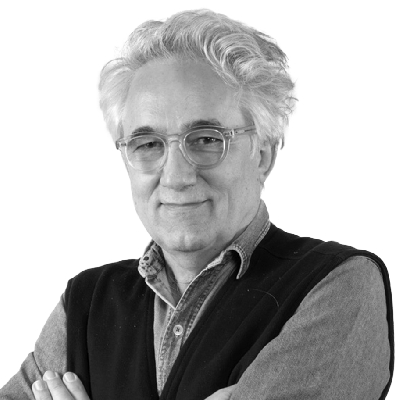There are different techniques. One is based on freezing the corpse in liquid nitrogen, with equipment which completes this passage by distributing the substance through nozzles which spray the body which is stretched out on a metal platform. The result is a structure which is actually a somewhat fragile “frozen block.” At this point, the metal surface begins to move, making rapid jolts. The body “granitises,” we could say. The granulated material undergoes a process which eliminates all traces of humidity. This is a type of lyophilisation or freeze-drying. What remains is compacted, so that a tile around five centimetres in width is achieved. This tile can be buried at a depth of about twenty-five centimetres. After six months, the tile undergoes a normal decomposition process releasing substances which are very nutritious for the plant world. And that is the specific point in the earth where a sapling can be planted which, to grow, will make use of a particularly valid accelerator. So, cemeteries could be transformed into parks, with trees sporting a little nameplate for the loved ones of the deceased. And public parks could even be populated by former citizens, and why not?
Then, there is alkaline hydrolysis. This is how it works: a machine is required – they already exist in the United States – where the corpse is immersed in a mixture of water and potassium hydroxide, brought to 160 °C under a high pressure. This sidesteps the boiling phase (the pressure bypasses it) and the result is the complete decomposition of the body and all its chemical elements, such as peptides, amino acids, sugars and different salts. The result is the same: ingredients which are very useful for nourishing plants. According to Wikipedia, this technology is operational in Colorado, Florida, Georgia, Idaho, Illinois, Kansas, Maine, Maryland, Minnesota, Missouri, Oregon, Vermont and Wyoming. In other states, there have been protests by religious communities and other groups. But, in general, there are doubts all over the place. This probably depends on a rash promotion by machinery dealers that have declared the final “product” to be a liquid which can be used to irrigate garden plants (I am unaware as to whether they have also suggested using a planter saucer), and that the whole operation is also great because its CO2 production is significantly lower than that released in normal cremation. But – and here is the mistake – if desired, the liquid can be disposed of via home waste management devices. This is not a pretty picture.
So, these are the most interesting scenarios for final sustainability. If we stay in the United States, there is a section of the public that is creating a problem for these new techniques. Requests from motorcyclists who wish to be buried with their bikes are increasing. But Harley Davidsons are bad for plants, even when dissolved.


